The Best Companion Plants For Mr Bowling Ball Arborvitae
Title: The Best Companion Plants for Mr Bowling Ball Arborvitae
Introduction:
Mr Bowling Ball Arborvitae is a dwarf variety of arborvitae that is known for its dense, spherical shape. It is a relatively low-maintenance plant that is tolerant of a wide range of conditions, making it a popular choice for gardens in many different climates.
When choosing companion plants for Mr Bowling Ball Arborvitae, it is important to consider the plant's size, growth rate, and sun and water requirements. Some good companion plants include:
- Dwarf Alberta Spruce: This slow-growing spruce has a similar shape to Mr Bowling Ball Arborvitae and can provide year-round interest in the garden.
- Little Giant Arborvitae: This fast-growing arborvitae is a good choice for creating a privacy hedge or screen.
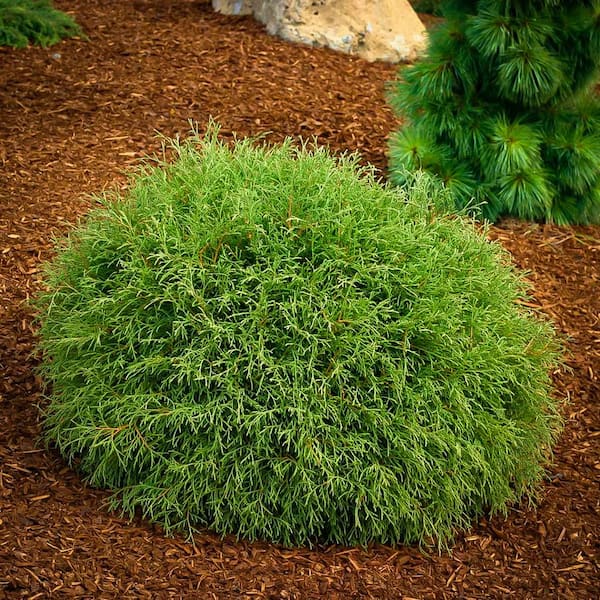
- Smoke Tree: This deciduous shrub has beautiful purple foliage in the spring and summer. It is tolerant of dry conditions and can provide some shade for Mr Bowling Ball Arborvitae.

- Daylily: These perennials come in a wide variety of colors and bloom for several weeks in the summer. They are relatively low-maintenance and require full sun.
- Hosta: These shade-loving perennials come in a variety of leaf colors and shapes. They are relatively low-maintenance and can provide some ground cover for Mr Bowling Ball Arborvitae.
Main Content:
In addition to the companion plants listed above, there are many other plants that can be successfully grown with Mr Bowling Ball Arborvitae. Some factors to consider when choosing companion plants include:
- Size: The companion plants should be similar in size to Mr Bowling Ball Arborvitae or slightly taller. This will help to create a balanced and visually appealing landscape.
- Growth rate: The companion plants should have a similar growth rate to Mr Bowling Ball Arborvitae. This will help to prevent one plant from overwhelming the other.
- Sun and water requirements: The companion plants should have similar sun and water requirements to Mr Bowling Ball Arborvitae. This will help to ensure that both plants thrive in the same conditions.
With a little planning, you can create a beautiful and harmonious landscape by pairing Mr Bowling Ball Arborvitae with the right companion plants.
Conclusion:
Mr Bowling Ball Arborvitae is a versatile plant that can be used in a variety of landscape settings. By choosing the right companion plants, you can create a beautiful and low-maintenance landscape that will add year-round interest to your garden.
Mr. Bowling Ball Arborvitae is a dwarf globe arborvitae that grows to be 24 to 30 inches tall and wide. It has dense, evergreen foliage and is a popular choice for borders, containers, and hedges. When choosing companion plants for Mr. Bowling Ball Arborvitae, it is important to consider the plant's mature size, sun and water requirements, and hardiness zone. Some good companion plants for Mr. Bowling Ball Arborvitae include:
- Smoke tree (Cotinus)
- Spirea
- Rose
- Hydrangea
- Daylily
For more information about companion plants for Mr. Bowling Ball Arborvitae, please visit Home Gardening.
FAQ of mr bowling ball arborvitae companion plants
- What are some good companion plants for Mr. Bowling Ball arborvitae?
Some good companion plants for Mr. Bowling Ball arborvitae include:
Smoke tree (Cotinus) - This deciduous shrub has feathery foliage that turns a beautiful shade of red in the fall. It is tolerant of full sun and poor soil conditions.
Spirea (Spiraea) - This deciduous shrub has delicate flowers that bloom in the spring or summer. It is available in a variety of colors and sizes.
Rose (Rosa) - This flowering shrub is available in a wide range of colors and sizes. It requires full sun and well-drained soil.
Hydrangea (Hydrangea) - This flowering shrub is known for its large, showy blooms. It prefers moist, well-drained soil and full sun or partial shade.
Daylily (Hemerocallis) - This perennial flower blooms for a long period of time, from early summer to fall. It is tolerant of a variety of soil conditions and sun exposures.
What are the benefits of planting companion plants with Mr. Bowling Ball arborvitae?
There are several benefits to planting companion plants with Mr. Bowling Ball arborvitae, including:
Attracting pollinators. Many of the plants listed above, such as roses, hydrangeas, and daylilies, attract pollinators such as bees and butterflies. These pollinators are important for the health of our gardens and the environment as a whole.
Providing year-round interest. Mr. Bowling Ball arborvitae is an evergreen plant, but it can still look a bit bare in the winter. Planting companion plants with colorful foliage or flowers can help to add interest to your landscape all year long.
Disguising unsightly areas. If you have an unsightly area in your yard, such as a utility box or a fence, planting companion plants around it can help to disguise it.
Creating a privacy hedge. If you want to create a privacy hedge, Mr. Bowling Ball arborvitae can be a good choice. It grows slowly, so it won't block your view too quickly. And it's relatively low-maintenance, so you won't have to spend a lot of time pruning it.
How far apart should I plant Mr. Bowling Ball arborvitae and its companion plants?
The spacing requirements for Mr. Bowling Ball arborvitae and its companion plants will vary depending on the size of the plants and the desired effect. However, as a general rule, you should space Mr. Bowling Ball arborvitae plants at least 2 feet apart. Companion plants can be spaced closer together, depending on their size and growth habit.
- What are some tips for caring for Mr. Bowling Ball arborvitae and its companion plants?
Mr. Bowling Ball arborvitae is a relatively low-maintenance plant. It prefers full sun and well-drained soil. It should be watered deeply during the first growing season to establish a strong root system. After that, it only needs to be watered during periods of drought. Mr. Bowling Ball arborvitae does not require regular pruning, but it can be pruned to maintain its shape if desired.
Companion plants will have different care requirements, so it is important to research the specific plants you choose. However, most companion plants will also prefer full sun and well-drained soil. They may need to be watered more frequently than Mr. Bowling Ball arborvitae, especially during hot, dry weather.
Image of mr bowling ball arborvitae companion plants
10 different images of Mr Bowling Ball arborvitae companion plants that are free to use:
- Creeping Jenny: This low-growing plant is perfect for filling in the spaces between Mr Bowling Ball arborvitae. It has bright green leaves that will add some color to your landscape.
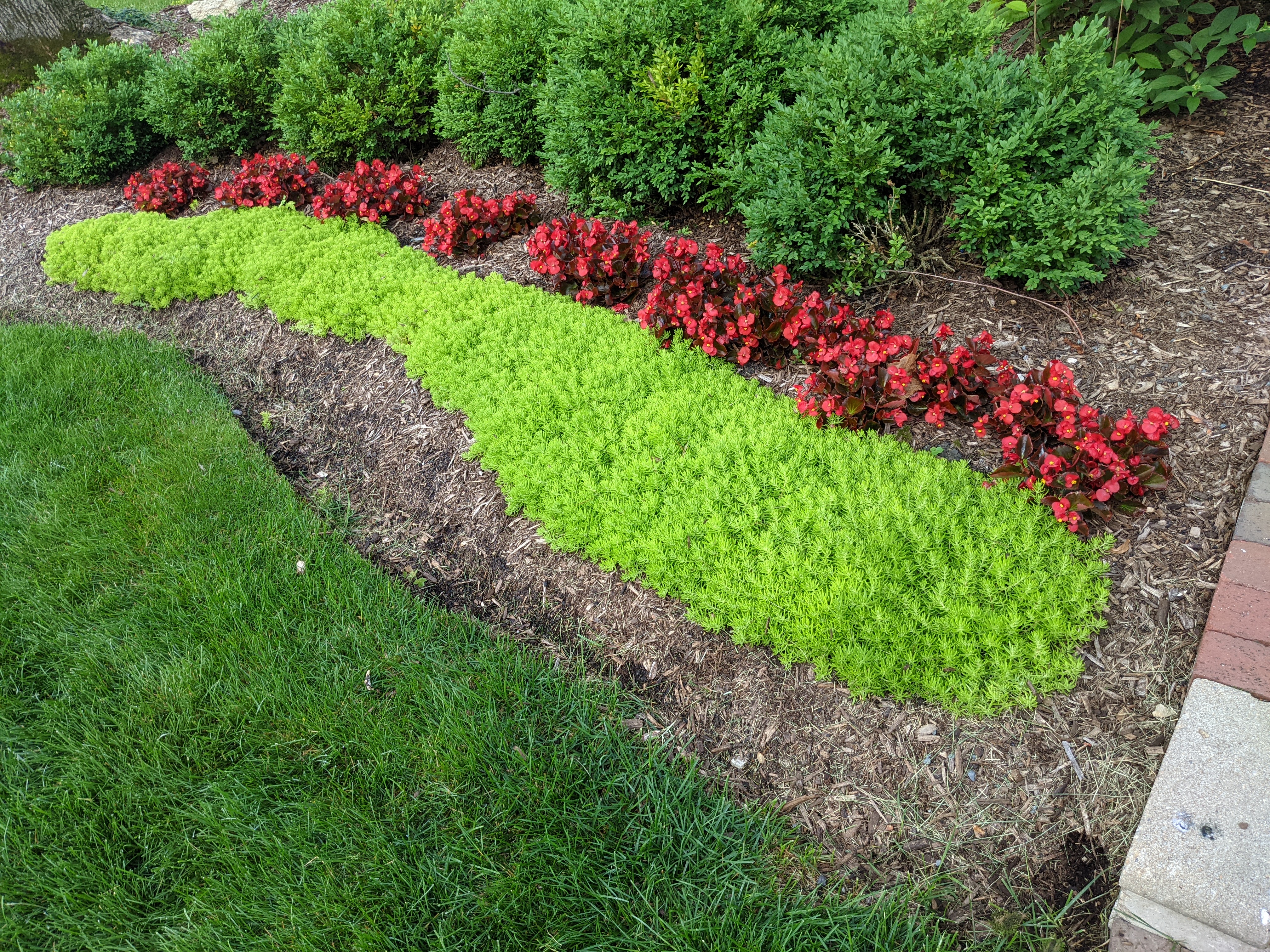
- Hosta: Hostas are another great option for companion plants for Mr Bowling Ball arborvitae. They come in a variety of colors, so you can choose one that will complement the color of your arborvitae.

- Astilbe: Astilbe is a shade-loving plant that will add some height and interest to your landscape. It has delicate pink or white flowers that will bloom in the summer.
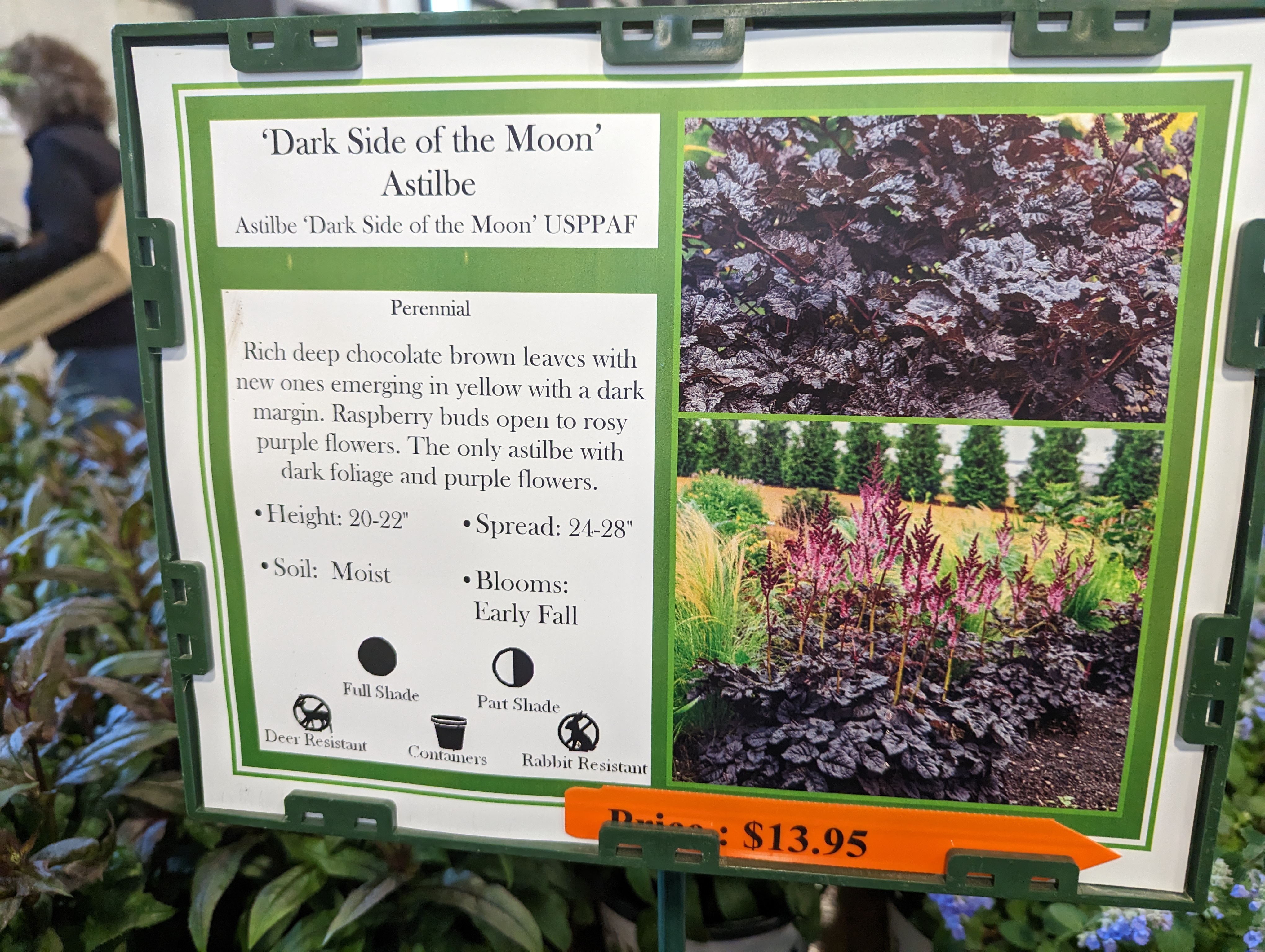
- Sedge: Sedges are a type of grass that come in a variety of textures and colors. They are drought-tolerant and low-maintenance, making them a good choice for companion plants for Mr Bowling Ball arborvitae.

- Coral Bells: Coral Bells are a type of heuchera that has colorful foliage. They are shade-tolerant and deer-resistant, making them a good choice for companion plants for Mr Bowling Ball arborvitae.

- Ajuga: Ajuga is a low-growing groundcover plant that has blue or purple flowers. It is tolerant of shade and foot traffic, making it a good choice for companion plants for Mr Bowling Ball arborvitae.

- Lamium: Lamium is a type of mint that has white, pink, or purple flowers. It is tolerant of shade and deer-resistant, making it a good choice for companion plants for Mr Bowling Ball arborvitae.
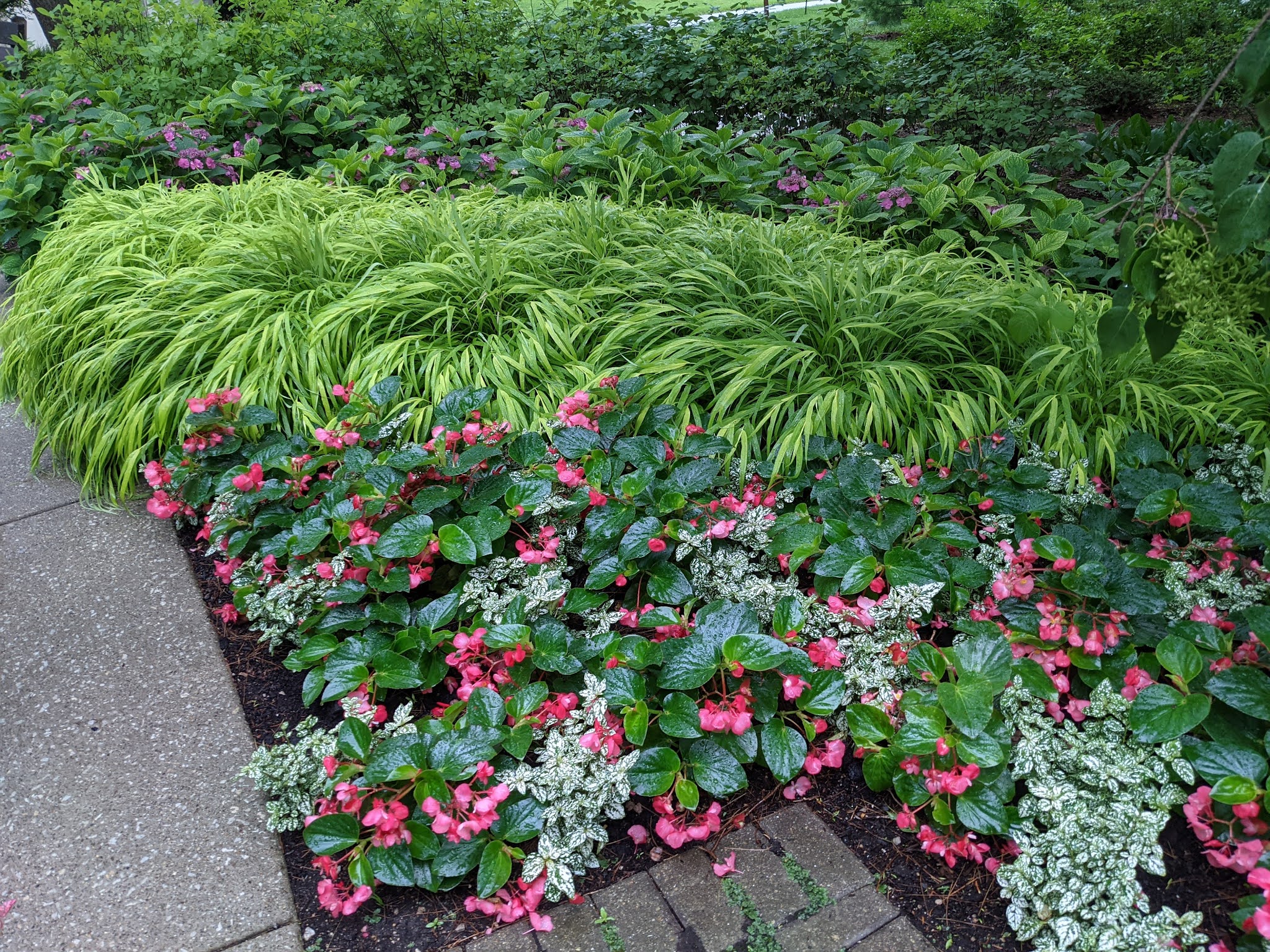
- Virginia Bluebells: Virginia bluebells are a type of wildflower that has blue flowers. They are tolerant of shade and deer-resistant, making them a good choice for companion plants for Mr Bowling Ball arborvitae.

- Dwarf Alberta Spruce: Dwarf Alberta spruce is a small evergreen tree that can be used as a border plant for Mr Bowling Ball arborvitae. It has dark green needles and grows to about 3 feet tall.
- Juniper: Juniper is a type of evergreen shrub that can be used as a groundcover or border plant for Mr Bowling Ball arborvitae. It comes in a variety of colors, so you can choose one that will complement the color of your arborvitae.
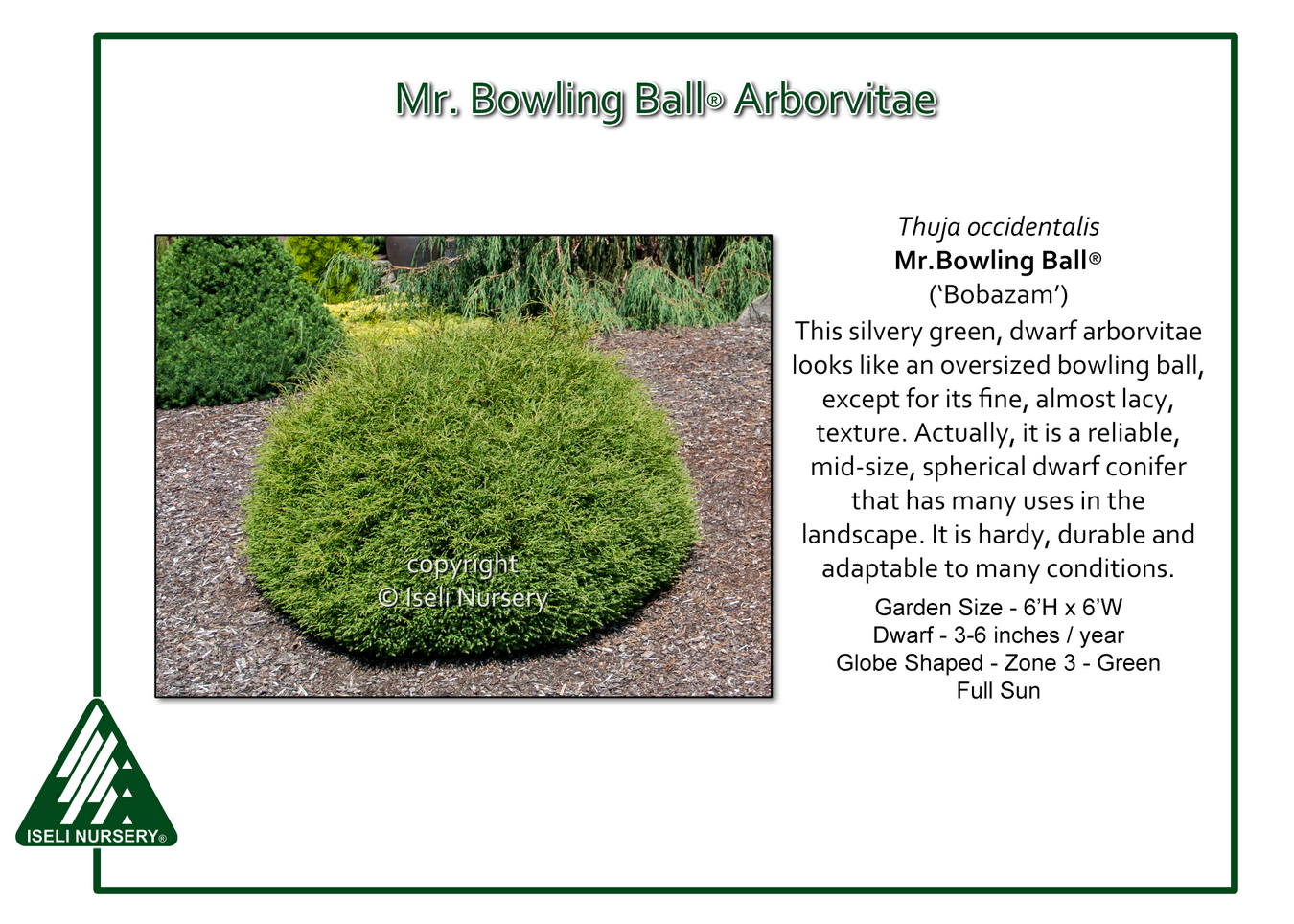
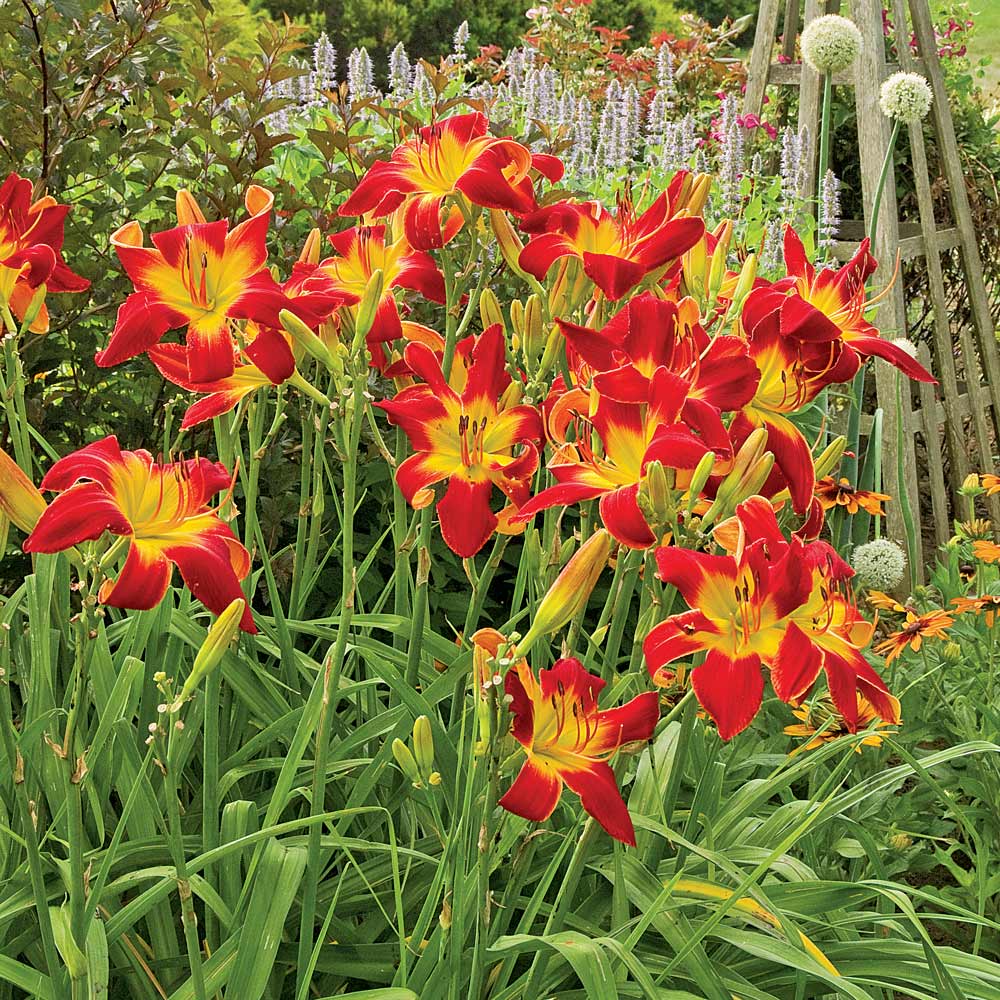
Post a Comment for "The Best Companion Plants For Mr Bowling Ball Arborvitae"